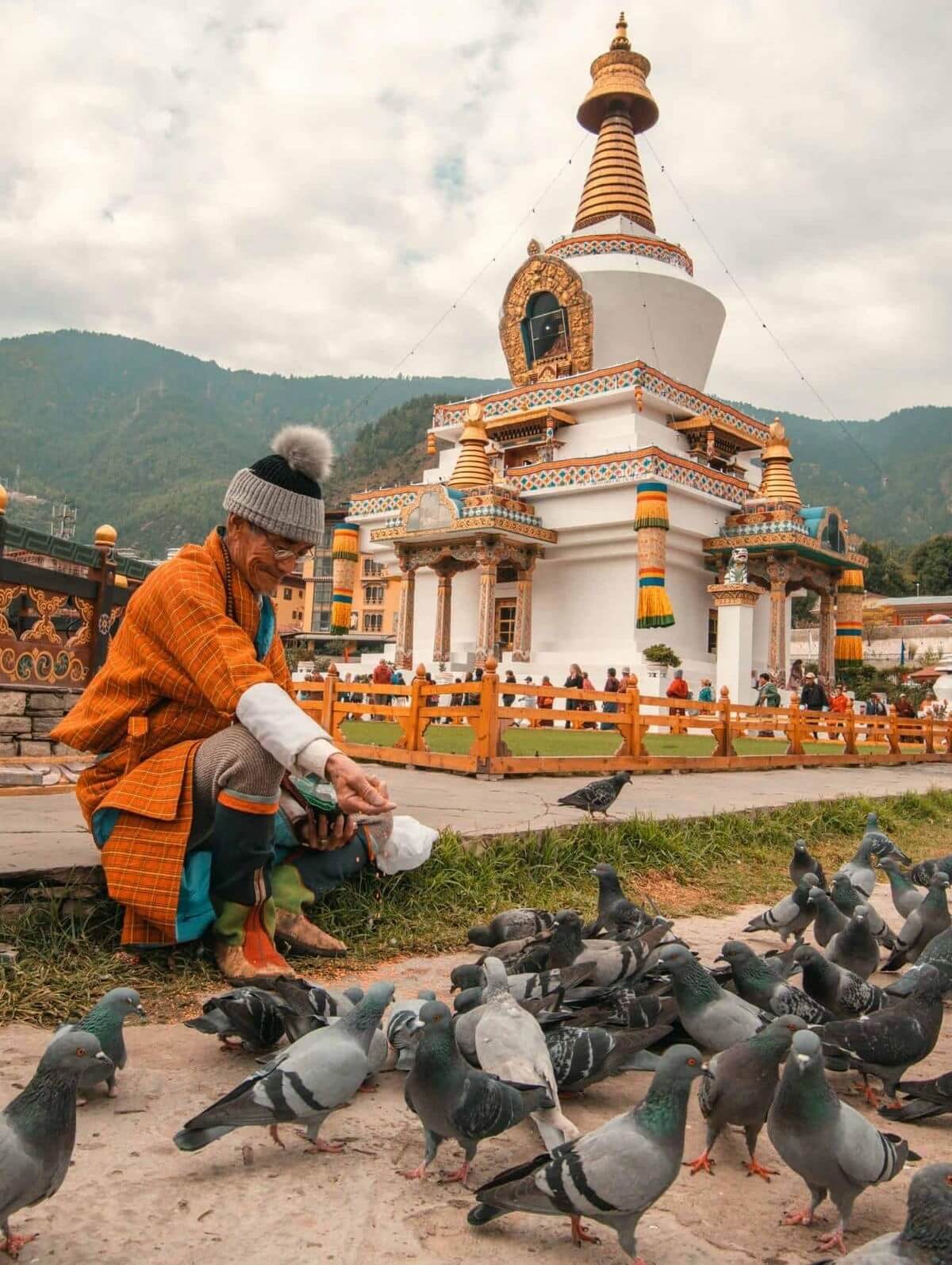Bhutan’s High Value, Low Volume Tourism: A Paradigm for Sustainable Tourism in the 21st Century

Dorji Dhradhul
fmr. Director General of Tourism Council of Bhutan

In an age when overtourism threatens ecological balance, cultural authenticity, and the quality of traveler experiences worldwide, Bhutan’s tourism philosophy stands out as a visionary alternative. Known as the “High Value, Low Volume” model, Bhutan’s tourism policy emphasizes meaningful, sustainable travel over mass tourism. This model, rooted in the country’s broader development vision of Gross National Happiness (GNH), offers a compelling framework for global adoption — especially as nations grapple with the environmental and socio-cultural costs of unchecked tourism.
A Bold Alternative to Mass Tourism in the World
Unlike most countries that aim to maximize tourist numbers and revenue, Bhutan intentionally regulates tourist inflow to reduce negative impacts. Since the country opened to international tourism in 1974, it has resisted the pressures of commercial overdevelopment. By charging a daily Sustainable Development Fee of USD 100 (currently on 50 % discount till 2027), Bhutan curates its visitor profile to include mindful travelers willing to engage deeply with its culture, nature, and values.
This approach has led to:
- Minimal environmental degradation due to controlled footfall in sensitive ecosystems.
- Preservation of cultural heritage, with festivals, traditional architecture, and lifestyles protected from commercialization.
- Equitable economic distribution, as tourism revenues directly support education, healthcare, and rural livelihoods.
- Bhutan as most sought after exclusive destination
A Model for the Climate and Culture-Conscious Era

The global tourism sector contributes around 8% of greenhouse gas emissions, with overtourism placing enormous pressure on local resources, biodiversity, and infrastructure in destinations like Venice, Machu Picchu, Taj Mahal and Bali. Bhutan, in contrast, was the first carbon-negative country in the world and has the highest unclimbed mountain in the world – Gangkar Puensum (7570 m) due to its tourism restrictions and environmental stewardship.
By channeling tourist income into conservation projects, forest protection, and community development, Bhutan demonstrates that economic development and ecological responsibility can coexist. Furthermore, its tourism reinforces cultural pride and identity, as travelers are immersed in Bhutanese values, rituals, and way of life — not just sights and attractions.
Replicability and Adaptation: How Other Nations Can Learn
While Bhutan’s geography, size, and governance may seem unique, the core principles of its tourism model are widely adaptable. Countries can implement the High Value, Low Volume ethos by:
- Imposing visitor caps or regulate arrivals according to carrying capacity or tiered fees to regulate influx in ecologically and culturally sensitive areas.
- Promoting slow, immersive travel that encourages deeper cultural engagement.
- Ensuring that tourism revenues support local communities and sustainable infrastructure.
- Crafting tourism strategies in alignment with long-term wellness and wellbeing of its ecological, cultural, and both host and visitors, not just economic indicators.
Costa Rica’s eco-tourism, New Zealand’s regenerative tourism strategy, Iceland’s crowd management systems and Hawaii green fee to save environment already reflect elements of this approach — but Bhutan’s implementation remains the most integrated and philosophically grounded.
Challenges and Opportunities
Admittedly, Bhutan’s model is not without challenges. Critics argue that the high cost may deter travelers and limit access to only the affluent. Moreover, the tourism sector must continuously innovate to balance exclusivity with inclusivity, particularly for regional travelers and youth. However, Bhutan’s transparent reinvestment of tourism income into public goods strengthens the model’s legitimacy and potential for long-term sustainability.
If paired with progressive policies like digital visas, crypto payment, green certifications, and community-based tourism incentives, Bhutan’s approach can be a globally relevant blueprint — one that encourages countries to prioritize quality over quantity.
Conclusion: A New Global Tourism Paradigm
As climate change accelerates and cultural homogenization spreads, the world is in urgent need of a new tourism paradigm. Bhutan’s High Value, Low Volume model offers just that — a bold reimagining of travel that protects both hosts and visitors, nature and culture, today and for generations to come.
If the goal of tourism is not just movement, but meaningful exchange and mutual growth, then Bhutan’s philosophy must not remain an exception — it should become the norm.
(Dorji Dhradhul, former Director General of Tourism Council of Bhutan. Dorji is writing a book on the same theme and title)

Dorji Dhradhul
Former Director General of Tourism Council of Bhutan.
Dorji is writing a book on the same theme and title.
